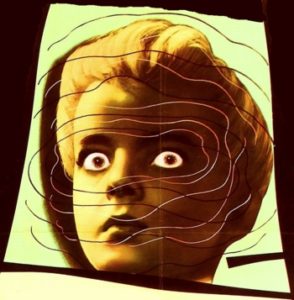 George Washington, Thomas Jefferson, Abraham Lincoln, John Adams and Teddy Roosevelt: What do these American Presidents have in common? They were all homeschooled.
George Washington, Thomas Jefferson, Abraham Lincoln, John Adams and Teddy Roosevelt: What do these American Presidents have in common? They were all homeschooled.
When we think about traditional education in America we tend to think of public schools, classrooms, and a one-size-fits-all curriculum designed to educate the masses quickly and efficiently. This type of education is not only inefficient, but inconsistent with the very essence of what it is to be American. Being an American means having freedom of choice, freedom of expression, and the opportunity to pursue life, liberty and happiness. Public education offers the antithesis of these values and has, since its origins, been a means of indoctrinating its students with whatever values the leaders of the time wanted to pass on.
The first public schools to open in the United States did so in the mid 1600s by the Puritans, but compulsory schooling wasn’t instituted until 1852, first in Massachusetts, and next in New York. Compulsory education in America is based on the Prussian model, most significantly, Horace Mann’s 1843 trip to Germany to study the Prussian system. This resulted in the Massachusetts compulsory system, which was then adopted by other states.
“By 1918 all American children were required to attend at least elementary school.” Prior to this, most children were educated at home with private tutors.
The modern homeschool movement began in the 1970s under John Holt. John Holt’s philosophy can be summed up in this quote, “I have come to believe that a person’s schooling is as much a part of his private business as his politics or religion, and that no one should be required to answer questions about it. May I say instead that most of what I know I did not learn in school, and indeed was not even ‘taught’.”
The idea that learning must take place in an age-segregated, controlled classroom is ridiculous, and the separation of children from their parents for the majority of the day, downright dangerous. As Holt put it, “It’s not that I feel that school is a good idea gone wrong, but a wrong idea from the word go. It’s a nutty notion that we can have a place where nothing but learning happens, cut off from the rest of life.”
From its humble beginnings in the 1970s to now, the homeschool movement has grown exponentially from about 13,000 students in the 70s, to well over two million by 2021. This is merely an estimate, of course, because many homeschool families stay under the radar of the state.
It seems this attitude toward learning is a good one, because homeschooled students outperform their public-schooled counterparts with 15-30% higher results on standardized tests.
The social benefits of homeschooling are perhaps the most exciting. Rates of sexual abuse are lower among homeschoolers. Homeschooled students also have better relationships with their parents. Children that are not forced to be exclusively with peers all day are able to interact more comfortably with adults as well as with children of all ages.
Homeschooling is just better all around for growing and educating human children. This approach is more harmonious with our natural inclination to be part of smaller communities with all age groups and a shared belief system. Homeschooling allows for parents to have authority and sovereignty over their children. Homeschooled children have independence of thought, freedom to learn at their own pace, and the continuity of strong family bonds, which leads to a healthier community and society.
The United States has the largest population of homeschoolers in the world. Roughly 5% of all children in the U.S. are homeschooled. If being an American means freedom of thought, expression, and the opportunity to pursue life, liberty and happiness, then homeschooling is the most American way to educate.
Written by Heather Carson for Intellectual TAKEOUT – April 5, 2023

 FAIR USE NOTICE:
FAIR USE NOTICE: